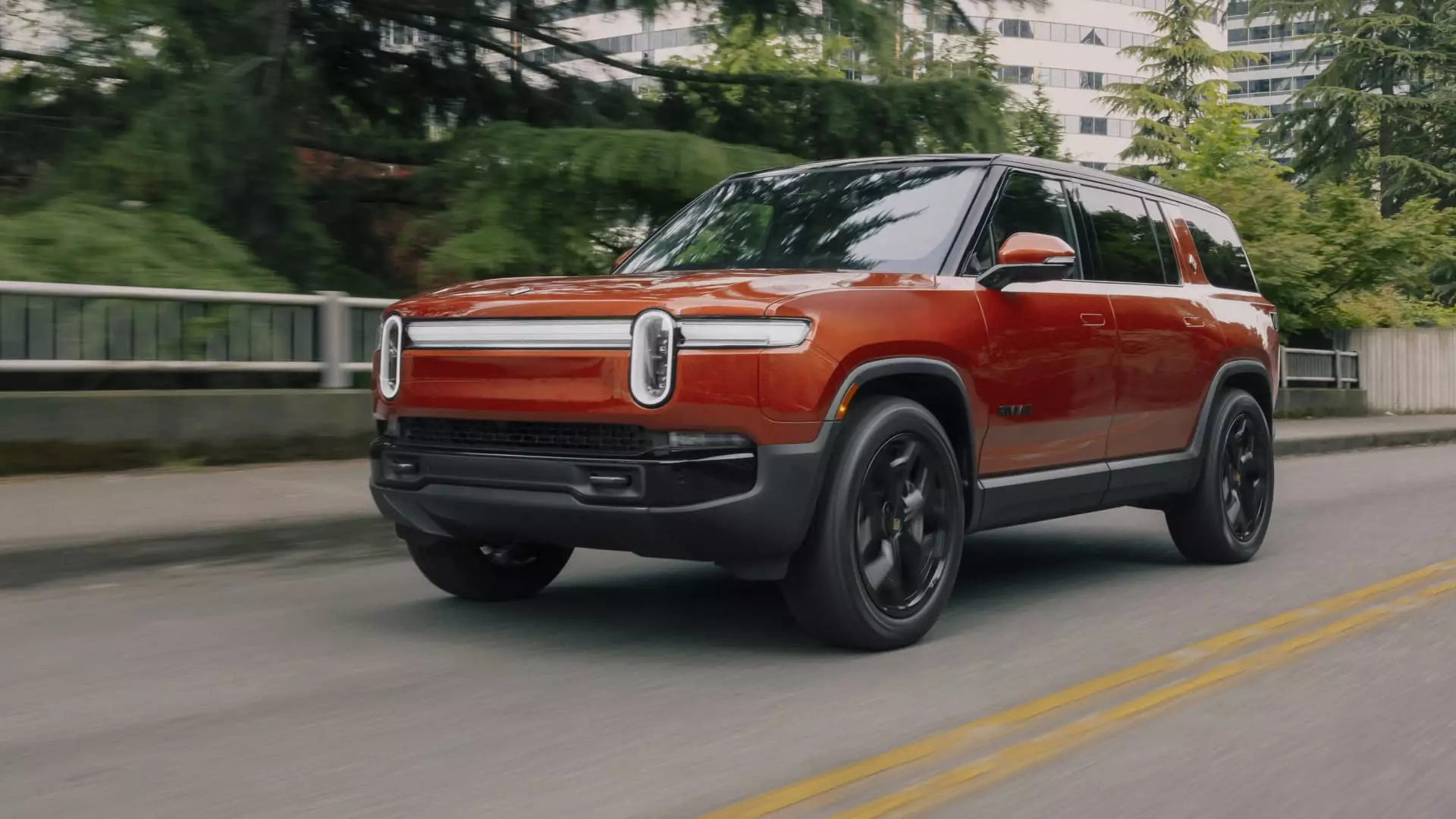Rivian Automotive has recently announced the redesign of its all-electric R1 pickup and SUV models, with a focus on improving range, performance, and computing power. Despite the 2025 model-year vehicles looking similar outwardly to the current models, Rivian has made significant changes to over half of the hardware components in the second-generation products. In addition, the company has reengineered the batteries and electrical architectures of the vehicles, which serve as the brains behind their operation. Rivian CEO RJ Scaringe stated that the new R1S and R1T models push the boundaries further in terms of technology, delivering enhanced quality and performance.
One of the most notable changes to the new Rivian vehicles is the upgrade in computing power, with the new system providing 10 times more performance than the previous model. This enhancement is made possible by the use of dual Nvidia DRIVE Orin processors, which power the “Autonomy Compute Module” that includes driver-assistant features. Rivian will also offer a “premium version” of the system with a wider range of capabilities. These updates are crucial for Rivian as it seeks to increase sales of its flagship models before the launch of the more affordable “R2” models.
Despite its technological advancements, Rivian faces financial challenges, with the company reporting a loss of $1.45 billion in the first quarter of this year. The stock has been under pressure, as Rivian continues to burn through cash and experience significant losses. To address this, Rivian has made changes to its operational costs, reduced headcount, and optimized its production plant in Illinois to improve efficiency and lower capital spending. Construction of a new plant in Georgia has been paused, saving the company $2.25 billion.
The new R1S and R1T models will offer various motor configurations, including dual, tri, and quad motors, as well as different battery pack options with ranges of up to 420 miles. Pricing for the second-generation R1S SUV will start at $75,900, while the top-end trimotor models will be priced around $106,000. The R1T will have a starting price of $69,900 and can go up to $100,000 for trimotor models. The top-end quad-motor vehicles’ pricing has not been announced yet.
The updated battery packs in the Rivian vehicles will continue to use a “2170 cylindrical cell,” but with an improved pack enclosure that simplifies manufacturing and reduces mass. The tri- and quad-motor vehicles will come equipped with new Rivian-made drive units. The top-end quad-motor model will deliver up to 1,025 horsepower and 1,198 pound-foot of torque, with an impressive acceleration from 0 to 60 mph in just 2.5 seconds. The vehicles will also feature luxurious, updated interiors and a fully redesigned software interface. Charging times have been enhanced, with all models capable of adding up to 140 miles of range in about 20 minutes.
The redesigned Rivian R1 vehicles are set to revolutionize the electric vehicle market with their advanced technology, enhanced performance, and competitive pricing. Despite facing financial challenges, Rivian is making strategic changes to strengthen its position in the industry and deliver innovative products to its customers.

